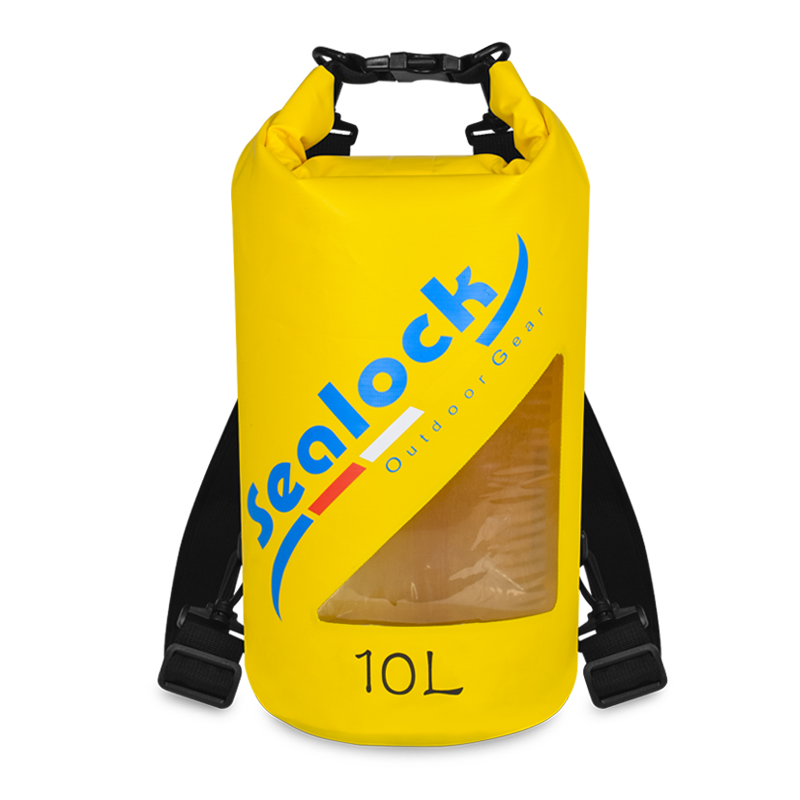Sealing the Adventure: Unveiling the Watertight Mastery of Dry Bag Closure Systems
2023-12-11
Introduction:
In the realm of outdoor adventures, where water is a constant companion, the integrity of your gear can make or break the experience. Dry bags have become indispensable for keeping essentials dry in challenging conditions, and the cornerstone of their effectiveness lies in the closure system. In this blog, we unravel the secrets behind how the closure system on a dry bag ensures a watertight seal, safeguarding your belongings in the face of nature's elements.
The Roll-Top Closure: A Tried and True Design:
The majority of dry bags feature a roll-top closure, a design that has proven itself reliable in countless outdoor scenarios. This closure system consists of three key elements: the top of the bag, the rolled section, and the securing mechanism.
Step 1: Rolling Down the Top:
1. Create a Watertight Sleeve:
The top of the dry bag is designed to be extended, creating a watertight sleeve when rolled down. This extended section acts as a barrier against water, ensuring that even in submersion or heavy rain, water cannot easily penetrate the bag.
2. Determining the Number of Rolls:
The number of rolls required depends on the size of the dry bag and the level of water exposure anticipated. Generally, rolling the top down at least three times is recommended for a secure seal.
Step 2: Securing the Seal:
1. Buckle, Clip, or Snap Closure:
Once the desired number of rolls is achieved, the roll-top is secured in place using a buckle, clip, or snap closure. This mechanism plays a crucial role in maintaining the rolled configuration, preventing the top from unraveling.
2. Compression Straps (Optional):
Some dry bags come equipped with compression straps that further enhance the closure system. These straps can be tightened, adding an extra layer of security to the watertight seal while also compressing the bag to reduce its overall volume.
Key Features Enhancing Watertight Seals:
1. Welded Seams:
High-quality dry bags often feature welded seams instead of stitched seams. Welding creates a seamless bond along the fabric, eliminating needle holes and potential points of water entry.
2. Waterproof Materials:
The construction materials of the dry bag play a pivotal role. Fabrics such as PVC, TPU, or nylon with waterproof coatings provide a durable and impermeable barrier against water.
3. Reinforced Closure Areas:
The areas surrounding the closure system are often reinforced to withstand tension and stress. This reinforcement ensures that the buckle or clip maintains its functionality even under pressure.
Conclusion:
The closure system on a dry bag is not just a means of securing your gear; it's a meticulously designed fortress against water infiltration. The roll-top closure, combined with high-quality materials and innovative features, ensures a watertight seal that can withstand the rigors of any adventure. So, whether you're navigating a turbulent river or hiking through a rainstorm, trust in the mastery of the dry bag's closure system to keep your gear dry and your adventures unforgettable.



